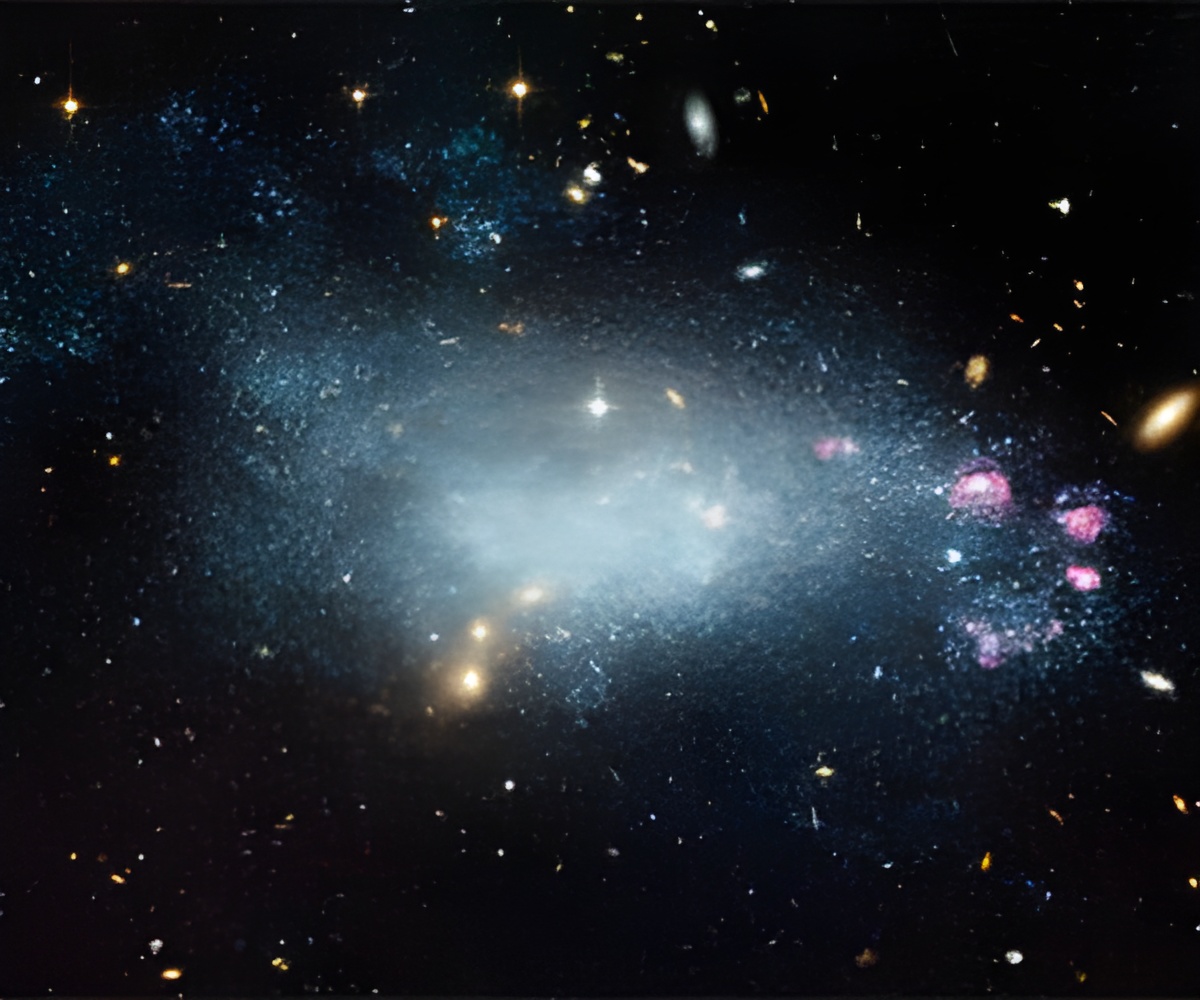A new class of binary stars has been discovered in which one star is fully formed while the other is still in its infancy. Scientists found this while looking out for mismatched star pairs.

Lead author Maxwell Moe of the Harvard-Smithsonian Center for Astrophysics (CfA) said that they caught the mismatched twin stars at just the right time and in effect, they're seeing these stars in the delivery room.
The more massive a star is, the brighter it shines. This makes it difficult to identify extreme mass-ratio binaries because the heavier star outshines, and thereby hides, the lighter star.
A clue to the young nature of these systems came from an unusual feature in the data. The fainter star shows illumination phases, just like phases of the moon, as the two stars orbit each other. This indicates that the companion is reflecting the light of the brighter, more massive star.
People only see phases because the fainter and less massive companion is not yet a full-fledged star. Astronomers describe it as being "pre-main sequence."
Imagine if a human baby shrank as it got older instead of growing, which is what happens for young stars, says researcher Rosanne DiStefano.
Advertisement
This research has been accepted for publication in The Astrophysical Journal.
Advertisement








